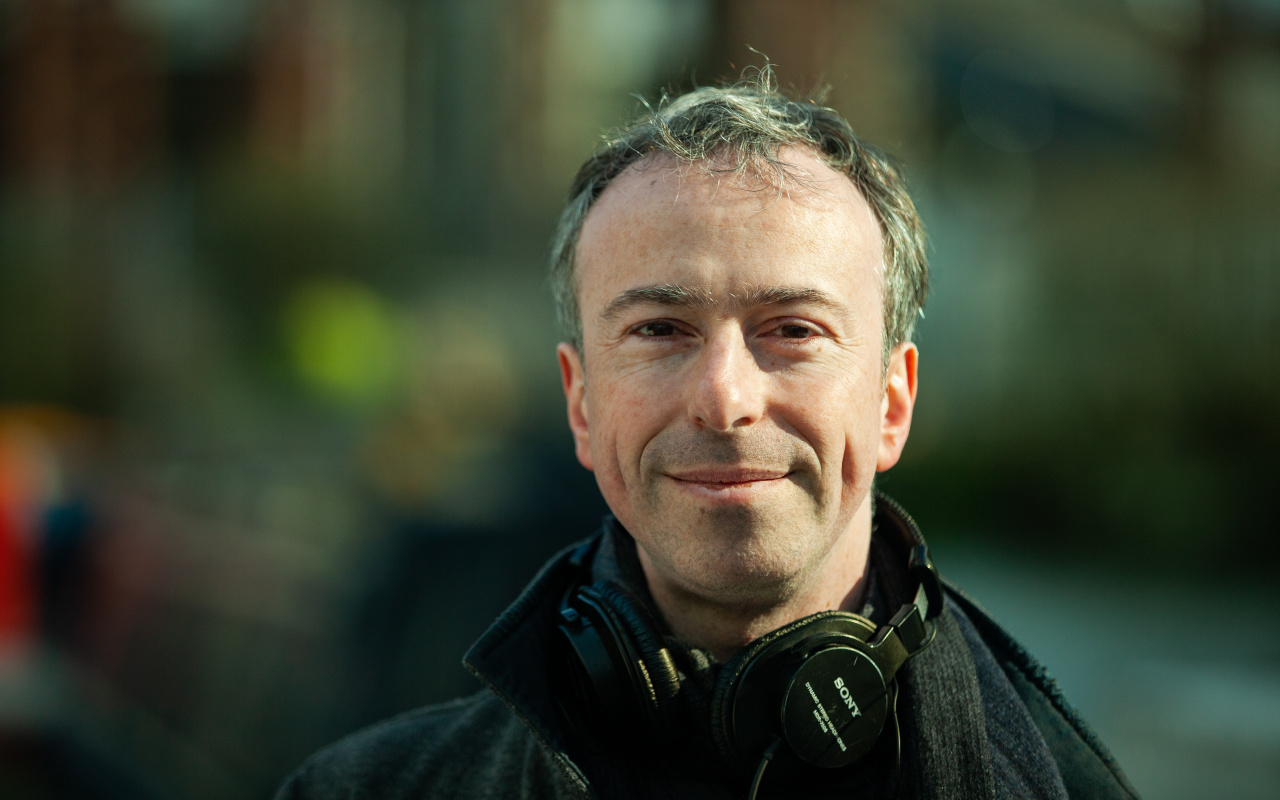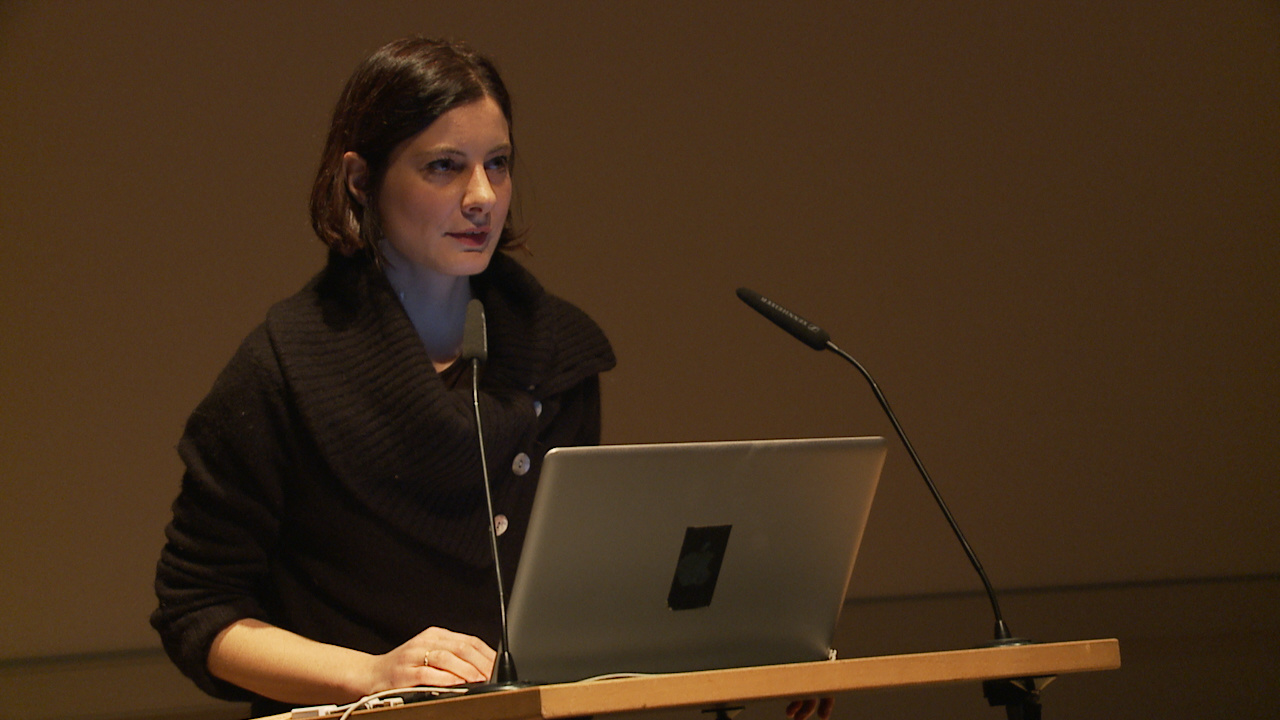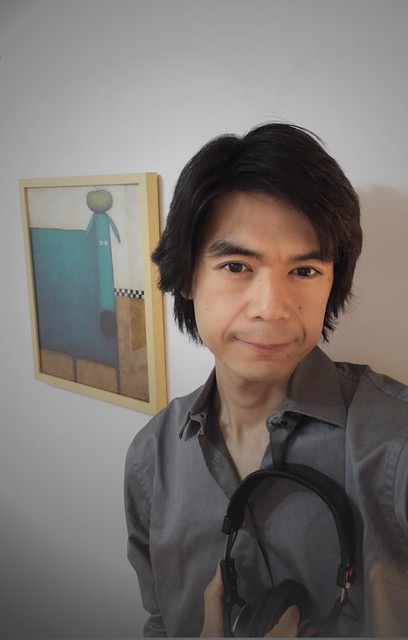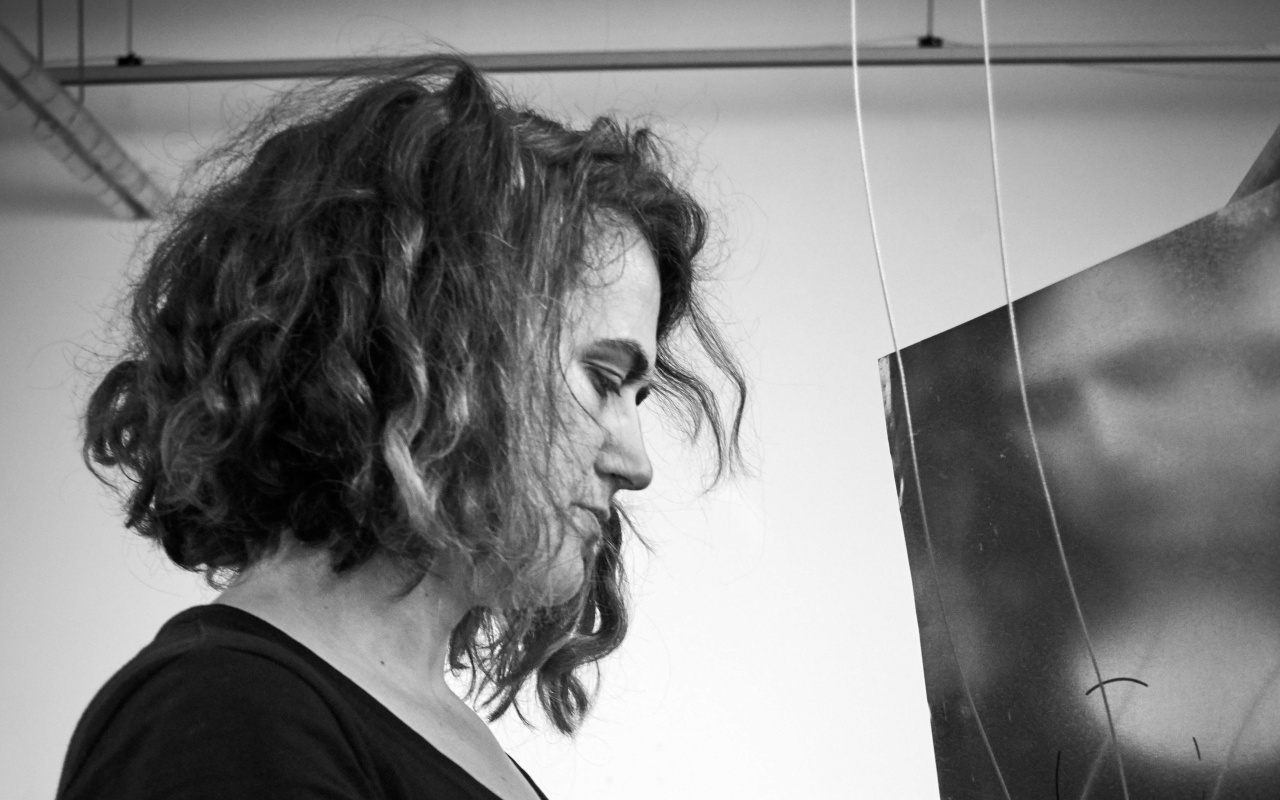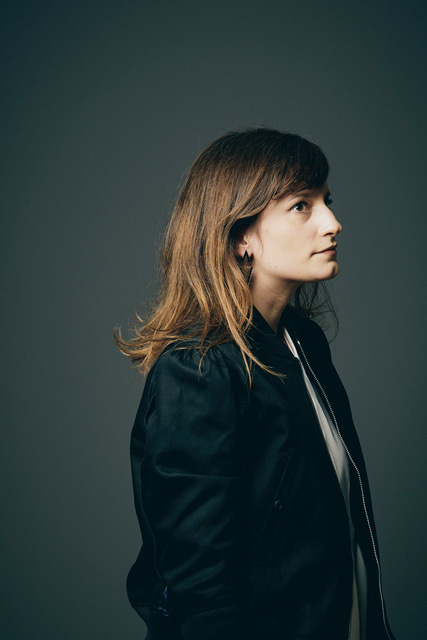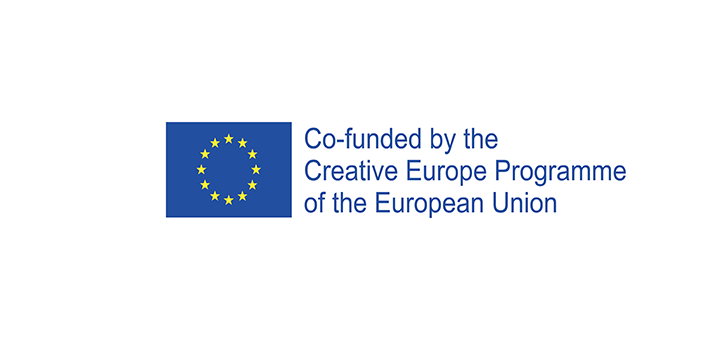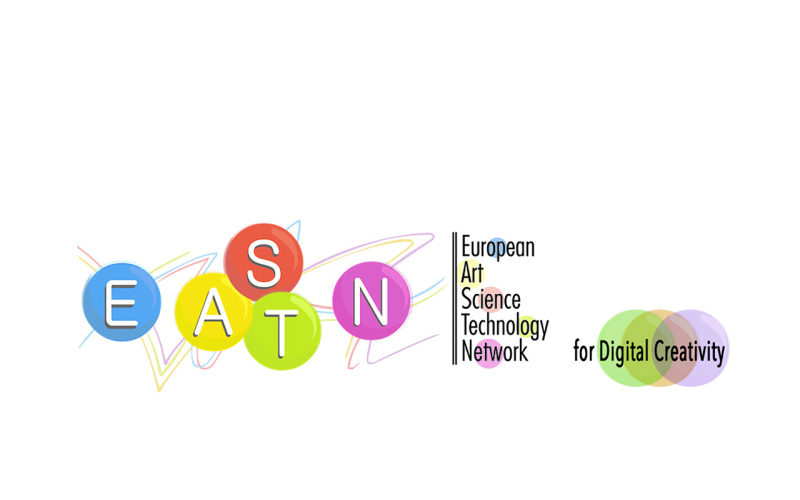EASTN-DC Residency
at the ZKM | Hertz Lab
On the occasion of the artistic research and development project EASTN-DC, the Hertz Lab has developed a new artist-in-residence program that offers artists the opportunity to realize innovative project proposals at the interface of art, science and technology.
Until the end of April, artists could apply in three submission clusters and submit open project proposals that either deal with innovative methods of sound spatialization or the artistic application of the three-dimensional scanning procedure Volumetric Capturing or with disruptive future technologies.
In an elaborate procedure, five project proposals by Aaron Einbond, Justine Emard, Takuto Fukuda, Silvia Rosani and Giulia Vismara were selected. These are to be realized at the Hertz Lab from September 2020.
Aaron Einbond
As part of his stay at the Hertz Lab, the US-American composer Aaron Einbond will compose a new work that will put the listeners in a virtual grand piano. Einbond will use a novel approach to sound spatialization that combines higher order ambisonics (HOA) with artificial intelligence (AI) to reproduce the radiation patterns of acoustic instruments with machine learning.
Takuto Fukuda
The composer, sound artist and performer Takuto Fukuda will have the opportunity to work at the Hertz Lab with a research prototype for Volumetric Capturing developed by the US company Evercoast. The Volumetric Capturing technology makes it possible to capture three-dimensional content in limited space and to visualize it both as a point cloud and as a fully textured three-dimensional representation. Fukuda will implement this technology in his mixed reality composition entitled »Simulacra« for cello and electronics.
Silvia Rosani
Silvia Rosani will develop an interactive sensor-based environment in which Internet-of-Things devices react in contradictory ways to the mood of visitors. Rosani wants to determine the mood on the basis of speech inputs, for which the artist will apply new AI methods for emotion recognition from the research field of natural speech processing.
Justine Emard
Supported by a French AI developer, the visual artist Justine Emard will analyze the swarming behavior of bee colonies with the help of algorithms of machine learning and reflect artistically in a reactive large-scale installation.
With the kind support of Bureau des arts plastiques by Institut français and the French Ministry of Culture.
